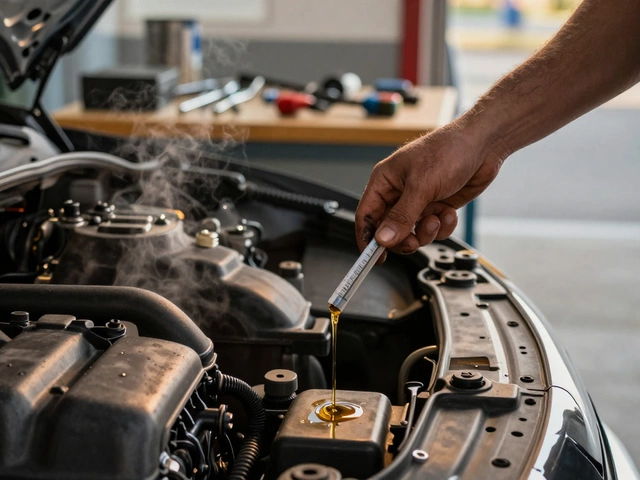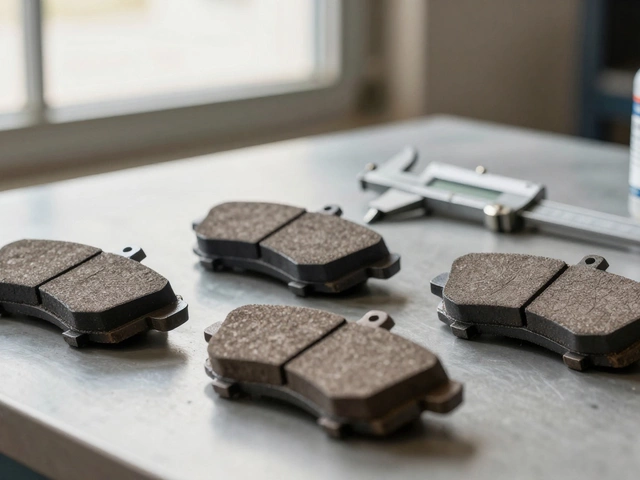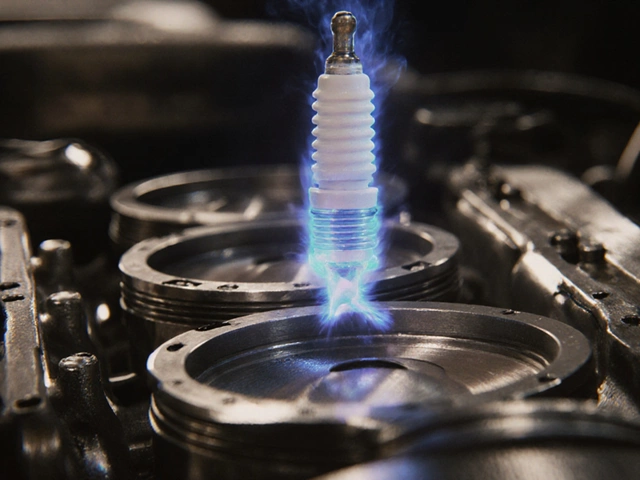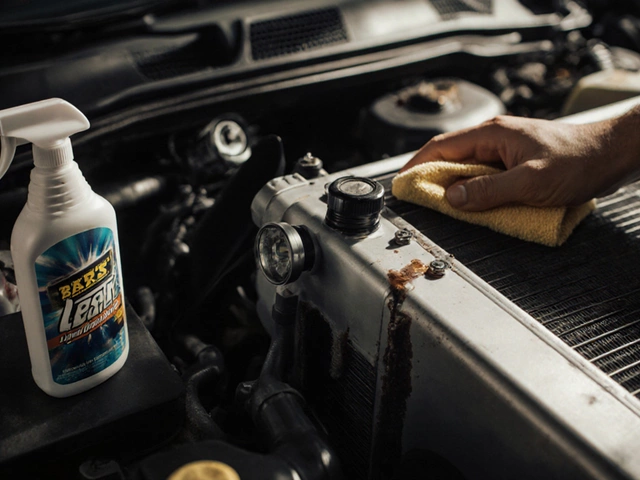Understanding Strut Systems: How They Shape Your Ride
When working with strut, a structural component that merges spring and damper duties in a vehicle's suspension. Also known as strut assembly, it connects the wheel hub directly to the vehicle's chassis, letting the car absorb bumps while keeping the wheel in proper alignment. The suspension, the overall system that controls wheel movement and ride comfort relies on struts to manage both vertical travel and lateral stability. In everyday language, think of a strut as the “muscle” that lifts the car over potholes and keeps it from wobbling in a turn. Because a strut combines a coil spring with a shock absorber, it encompasses two distinct functions: springing for load support and damping for motion control. That dual role means a worn strut can make your ride feel harsh, cause uneven tire wear, or even affect steering response. If you’ve ever noticed a thudding feeling after a bad bump, the strut is often the culprit. It also requires proper mounting and alignment; an out‑of‑spec strut can throw off the entire suspension geometry, leading to poor handling and reduced safety.
Why Struts Matter for Everyday Driving
Beyond the basics, struts interact with other key parts. The shock absorber, a device that dampens spring oscillations to smooth out road impacts is built into many strut designs, but some cars use separate shocks alongside traditional struts. Both work together to influence ride quality, but the strut’s position in the wheel hub gives it a bigger say in steering geometry. When you swap out a worn strut, you’re also affecting the front suspension, the front portion of the suspension that includes control arms, tie rods, and often MacPherson struts. Many modern vehicles use the MacPherson strut—a specific type of strut that simplifies the front suspension layout while delivering solid handling. Knowing that a strut belongs to the broader suspension family helps you see why a single bad component can throw off the whole feel of the car. Whether you’re a daily commuter, a weekend road‑tripper, or a performance enthusiast, understanding how struts work lets you spot symptoms early, choose the right replacement, and keep your car handling predictably.
Below you’ll find a hand‑picked collection of articles that break down everything from oil choices to suspension failures, all tied back to the core ideas we just covered. Each guide gives practical steps, real‑world examples, and clear checklists so you can decide when a strut replacement, shock upgrade, or simple inspection is the right move. Dive in and discover how a solid strut setup can boost comfort, safety, and confidence behind the wheel.
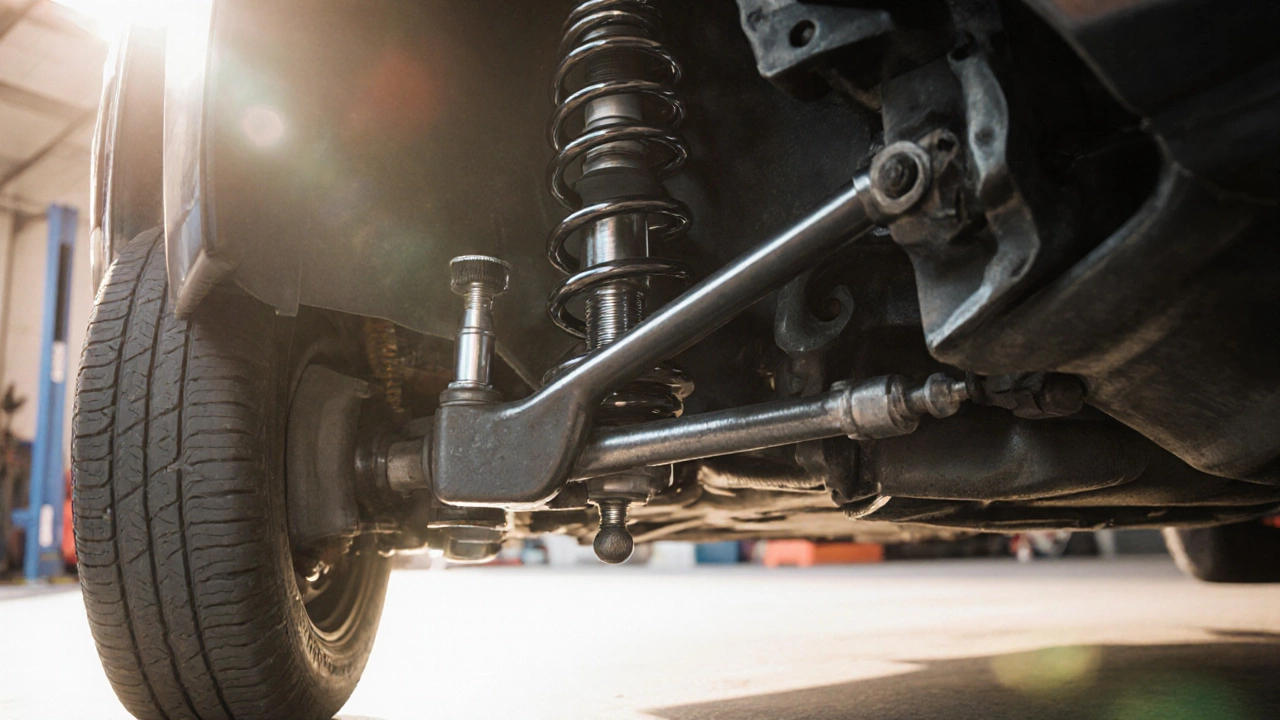
Suspension Components Explained: What’s Included in Your Car’s Suspension
Learn the key parts that make up a car's suspension, how they work together, common wear signs, and tips for choosing the right replacements.
CONTINUE READING